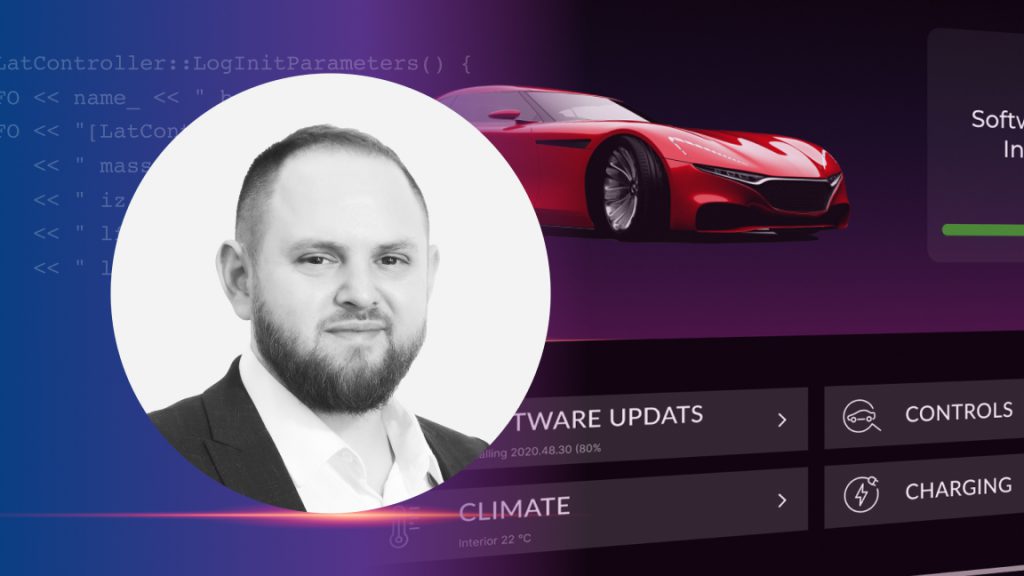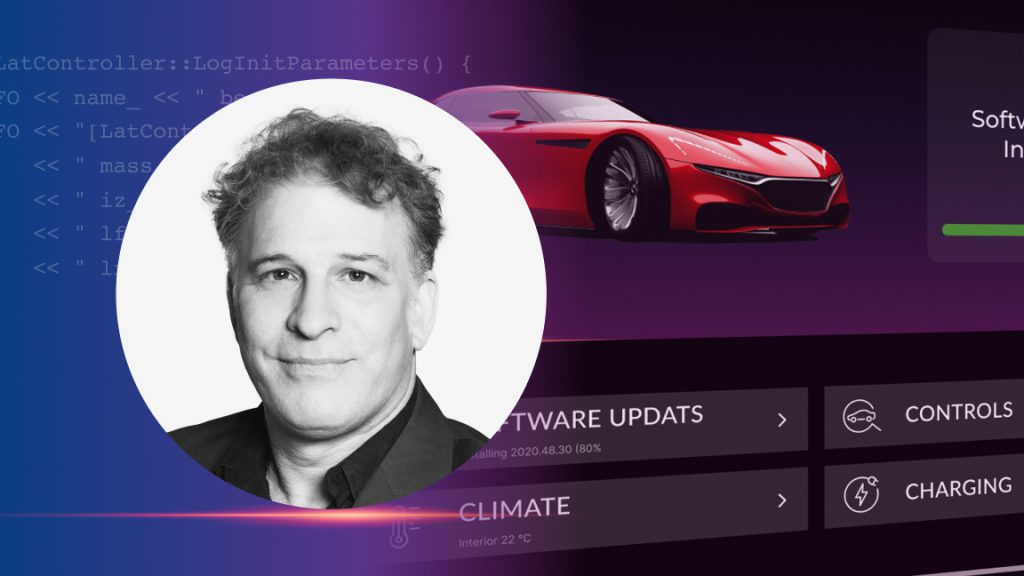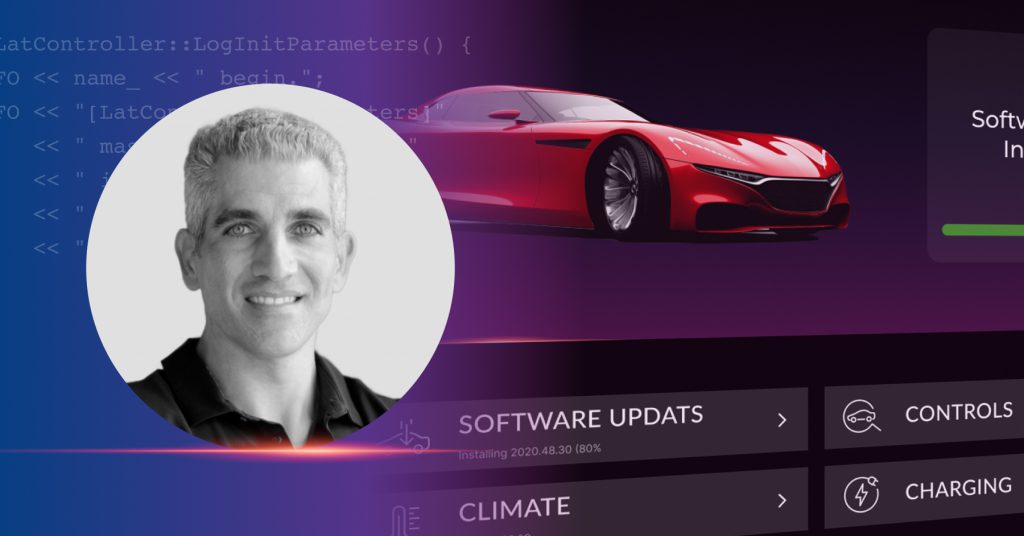In the last year, every conversation about automotive software – every speech, every blog and every presentation – all consistently highlight the growing amount of code in the car. With this increased amount of code comes more software bugs, more recalls and the risk of more hacks – both from black hat and white hat hackers.
This conversation is consistent across countries and regions. Where differences lie, however, are in how regulatory organizations hold companies and people responsible to fix the problem that caused the need for a recall.
The details on the different levels of responsibility will be reviewed in a moment. Before we get there, it is important to note that it is the contention of Aurora Labs that the responsibility should be taken away from the human being and the guarantee that the software gets to a safe state should be offloaded to Self-Healing Software and in-vehicle software management solutions.
Now, back to the regional regulatory story. U.S. law requires auto manufacturers to alert owners when a vehicle has a recall, so that owners can take their car to a dealership, where the defect will be fixed for free. However, there are no laws requiring the owners to actually follow through and have the defect repaired.
Under US federal law, the cost of recalls for cars 15 years old or less is covered by automakers. But despite the free repair of potentially dangerous problems, there are an estimated 46 million cars with unfixed recalls currently on the road. According to the National Highway Traffic Safety Administration (NHTSA) and the Government Accountability Office, only 65 to 70 percent of vehicles subject to a recall are repaired within the 18-month period during which automakers provide recall completion data.
In the UK an estimated one in 13 cars is subject to an outstanding recall. This is a concern that has both the Driver and Vehicle Standards Agency and the Ministry of Transportation investigating ways to remedy the problem. One solution under consideration is taken from the German model which issues owners repeated warnings if their car has an outstanding recall. If the recall has not been fixed when tested for their biannual road worthiness test (or General Inspection as it is called in Germany), the car fails the test and cannot be driven on the road. The challenge here is to connect the car ownership database with the car maintenance systems to create a unified database of the vehicles VIN, their current HW and SW state, and their owners.
Enter OTA Updates. Forecasts predict that the growing amount of software in the car will reach 40% of the total BOM by 2025, and while hardware related recalls will require a visit to the mechanic, software recalls are remotely updateable (over-the-air, or OTA). While this method is far more efficient than a visit to the mechanic, here too there is no guarantee of a 100% completion rate. Current OTA update solutions transfer responsibility of the recall software update to the drivers by informing them of the update and requesting that they perform certain actions before initiating the update. Many drivers are either intimidated by the often technical nature of the messages and the actions required while others ignore the warnings under the miss-assumption that if it doesn’t seem to be broken, it doesn’t need to be fixed.
Aurora Labs’ In-Vehicle Software Management solution approaches remote OTA updates with a novel approach. Using machine learning algorithms, the update file is generated in such a way that it can be installed with zero need for driver intervention and with zero downtime. This is the same user experience we have come to expect from consumer software such as our web browser and smartphone apps. The Chrome browser updates every 4-6 weeks without requiring user intervention and apps update daily. In the case of a vehicle recall, should it be deemed a mandatory recall, the vehicle will be able to self-update without requiring the driver to be part of the decision process, guaranteeing the vehicle continuously runs the latest, safest and most secure software.
As the industry transitions to autonomous cars and mobility services, the need to guarantee that the vehicle is always up-to-date will only increase. It is only natural that as Artificial Intelligence is used to enable self-driving cars, that it also enables self-healing vehicles.






 4 min read
4 min read
